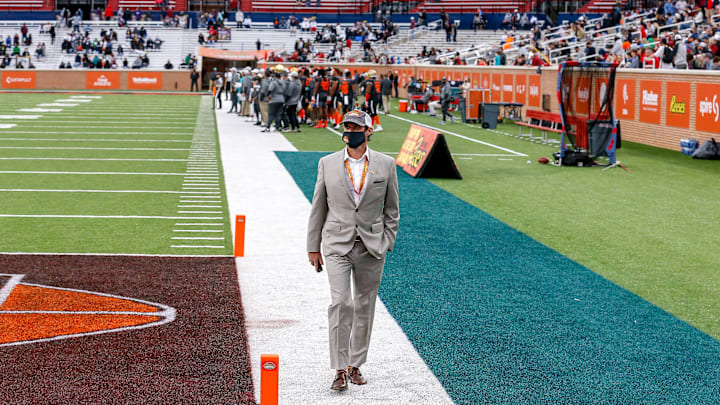How do new NIL rules impact NFL drafts and prospect?
It really gets interesting when you pivot from one position to the entire rookie class of 2025. As you may or may not realize, many prospects who may have opted to enter the NFL Draft have been enticed to remain in college due to the new NIL rules for college football players. NIL rules refer to the names, images, and likeness of college football players that can be licensed
So let's talk about NIL rules, and why that lures college players to remain competing in college football. College football players have long contended that the NCAA rules prohibiting players from profiting by licensing their presence, image, name, and likeness were unfair. A Supreme Court ruling in 2021 (NCAA v Alston) permitted collegiate athletes to enter into contracts and be compensated for NIL rights. To explain a bit more completely, check out the embedded video below:
With NIL rules in place, the financial incentives of turning pro have become a bit more balanced between the NFL and the NCAA forums. In essence, players who have lucrative NILs in place due to strong college followings can resist the temptation to jump ship from college football teams in the quest for instant bank. In many cases, it pays college athletes to remain in college markets as local celebrities, rather than peddle their wares in the NFL in hopes of even larger NIL contracts.
That brings us to the NFLPA deals that all NFL rookies are asked to sign. So far, Arizona Cardinals WR Marvin Harrison Jr. has refused to sign. Why? That is explained by this Pat McAfee podcast episode:
We have heard from source(s) inside the Marvin Harrison Jr. camp..
— Pat McAfee (@PatMcAfeeShow) May 1, 2024
This isn't about the NFLPA & he'll be part of it when the time comes..
This all revolves around a potential beef with Fanatics from an offer that was made when he was a sophomore in College #PMSLive https://t.co/Tm4dV9Ys7l pic.twitter.com/G6u6xVqHEu
Financial matters will remain very disconnected until the NCAA, NFL and licensing organizations hammer out a more equitable and seamless transition from high school to college to professional licensing agreements. So that has slowed the rush of college players to the NFL.
But with the introduction of NIL licensing in 2021, players who have exhausted their NCAA eligibility are no longer given an option to return to collegiate football programs. As such, the quality and quantity of college prospects who hope to start an NFL career will start to increase over time.
